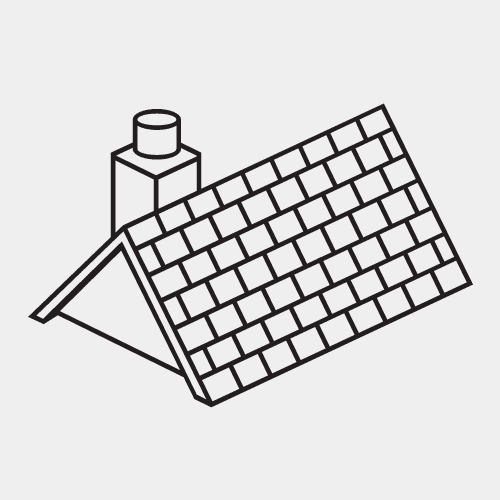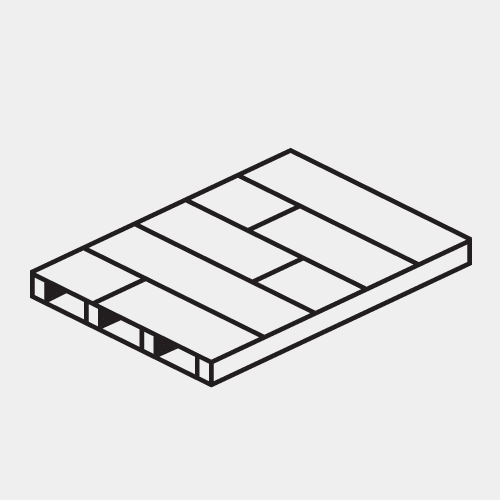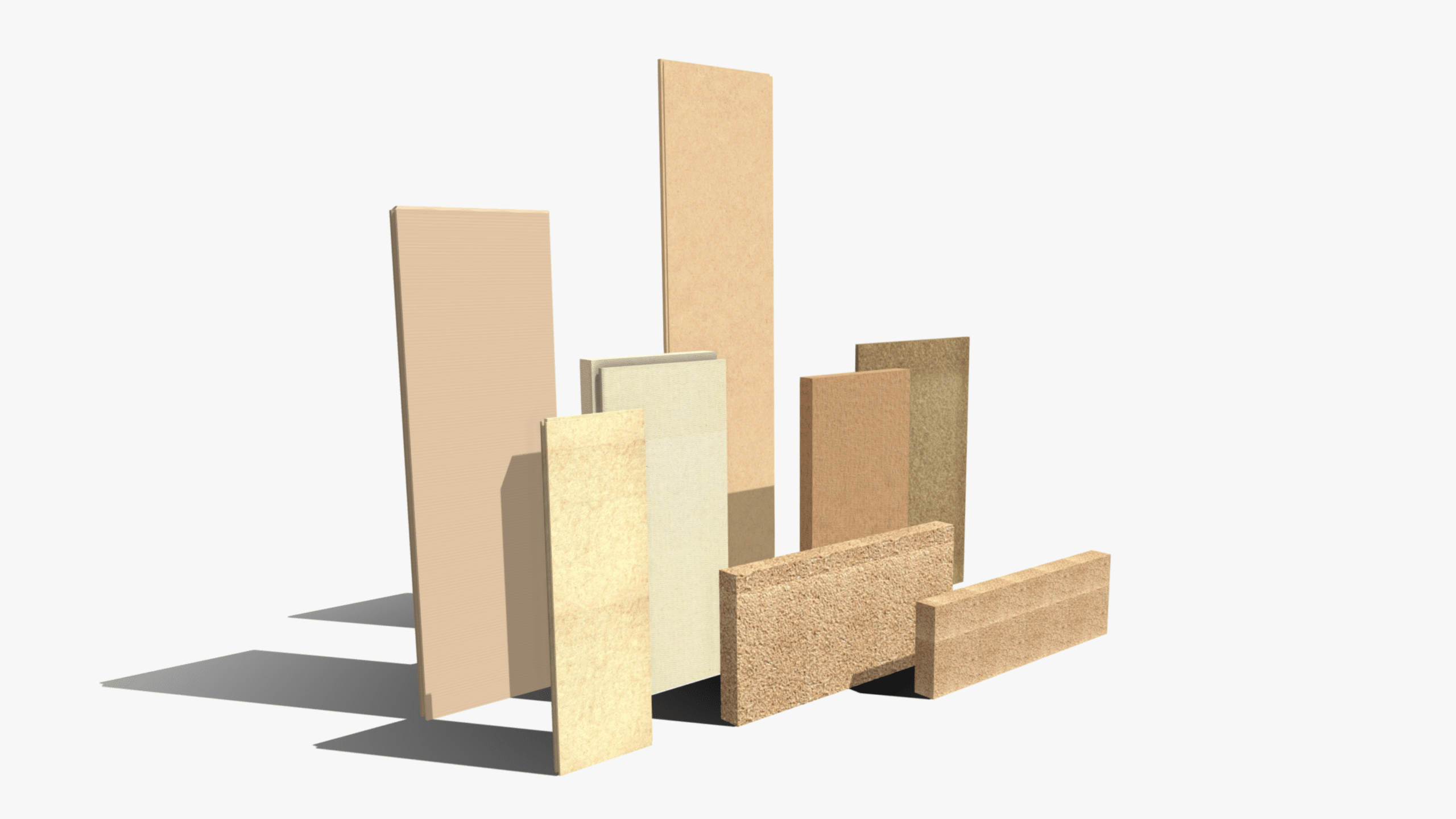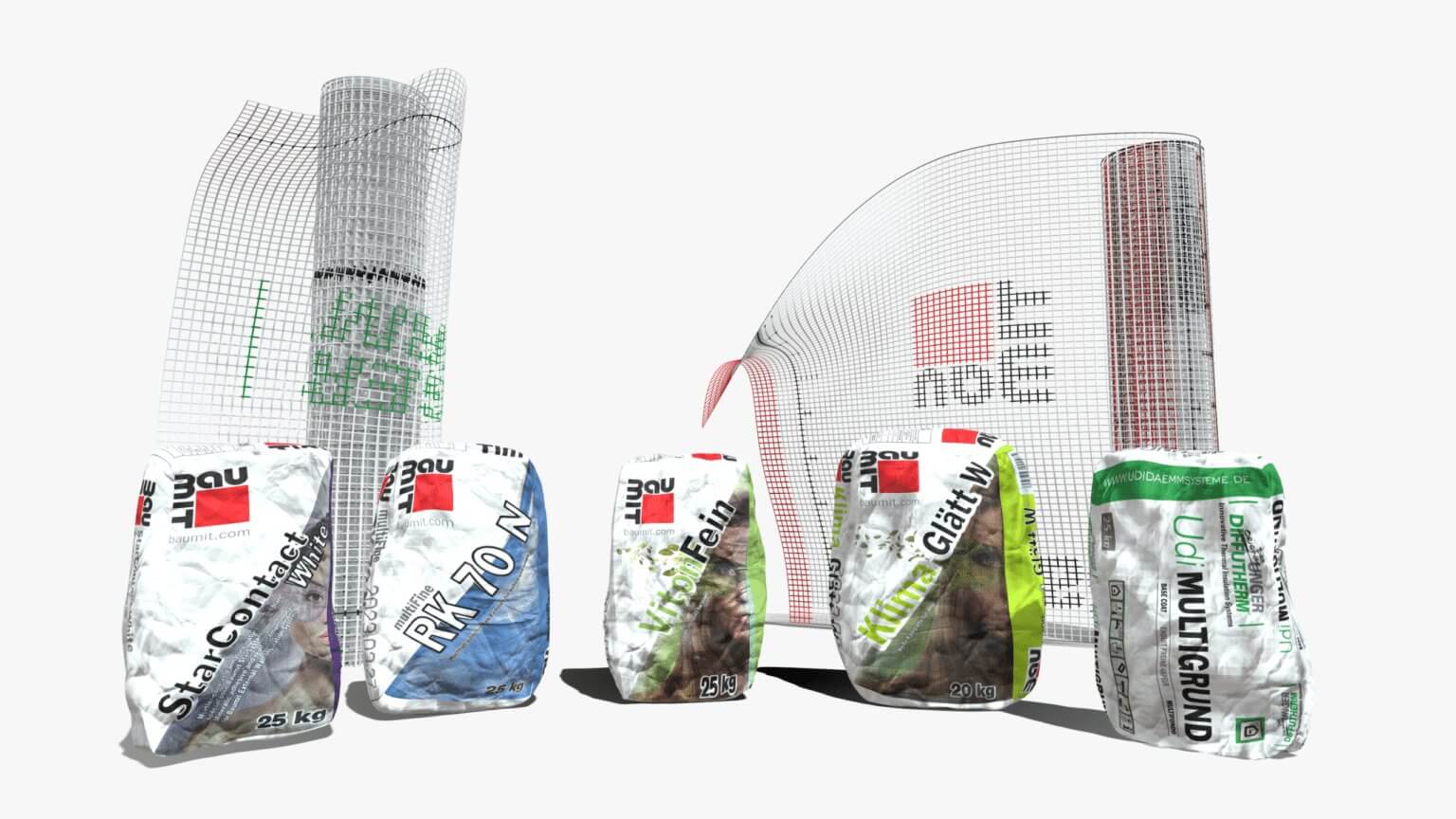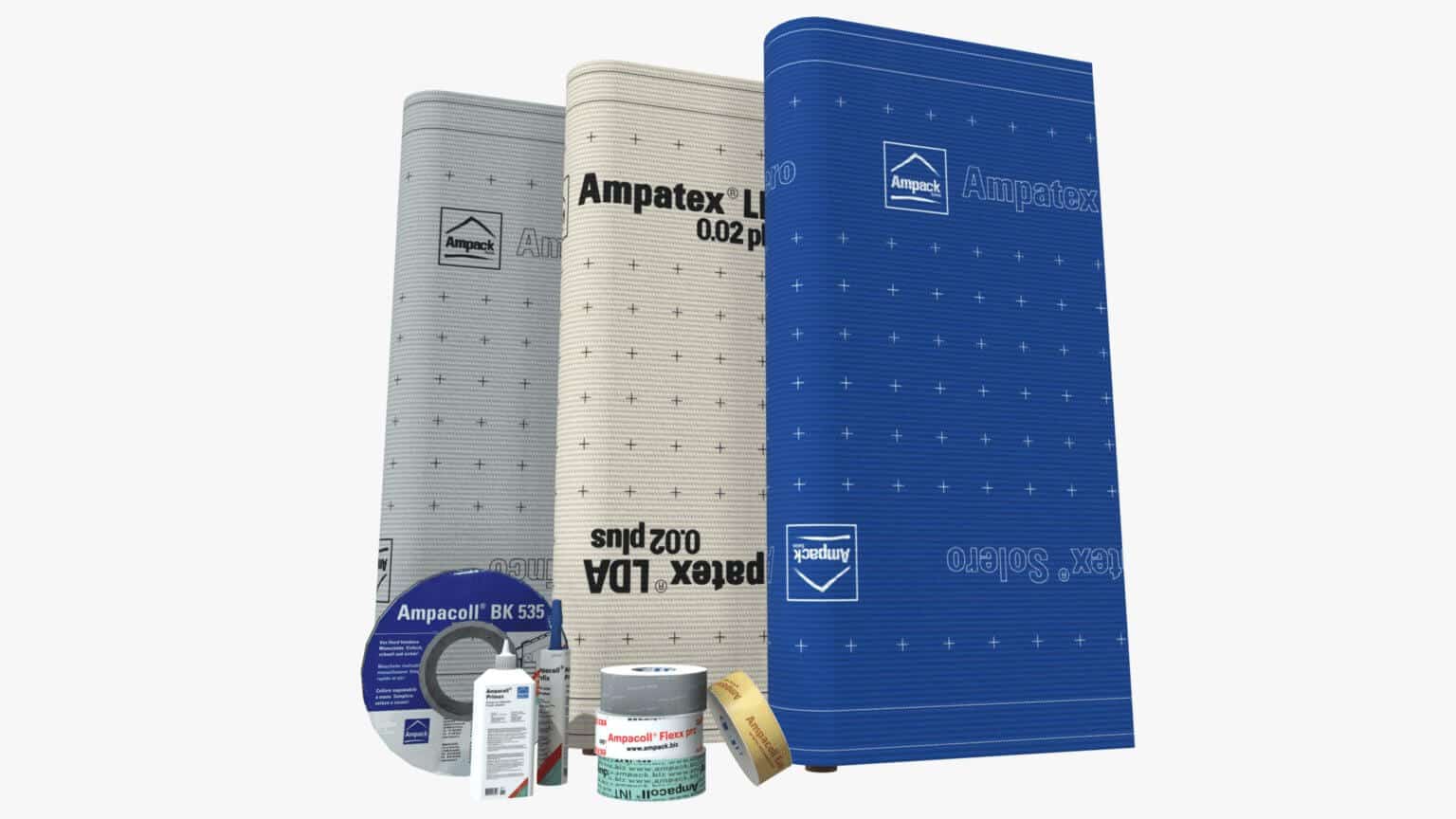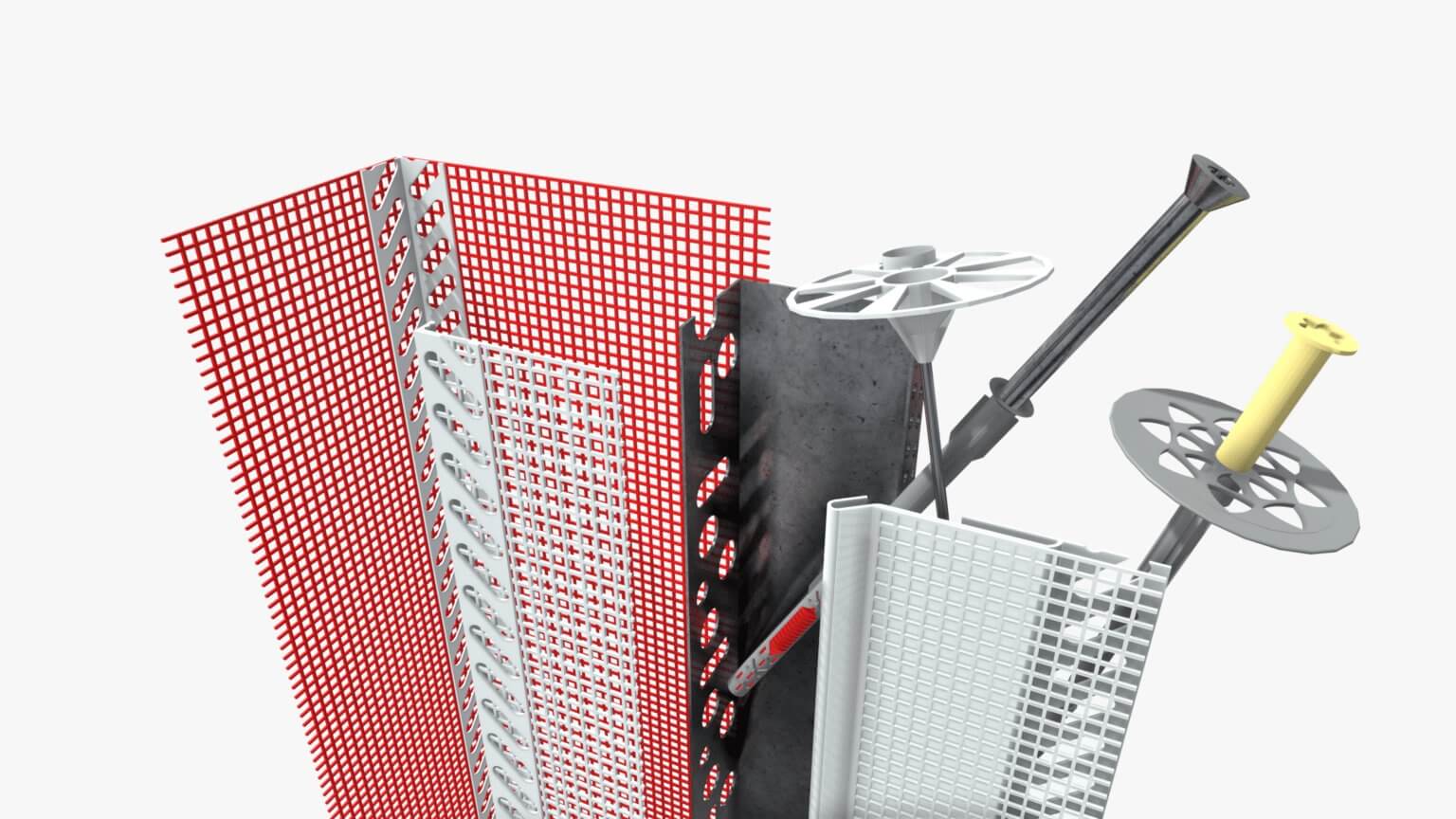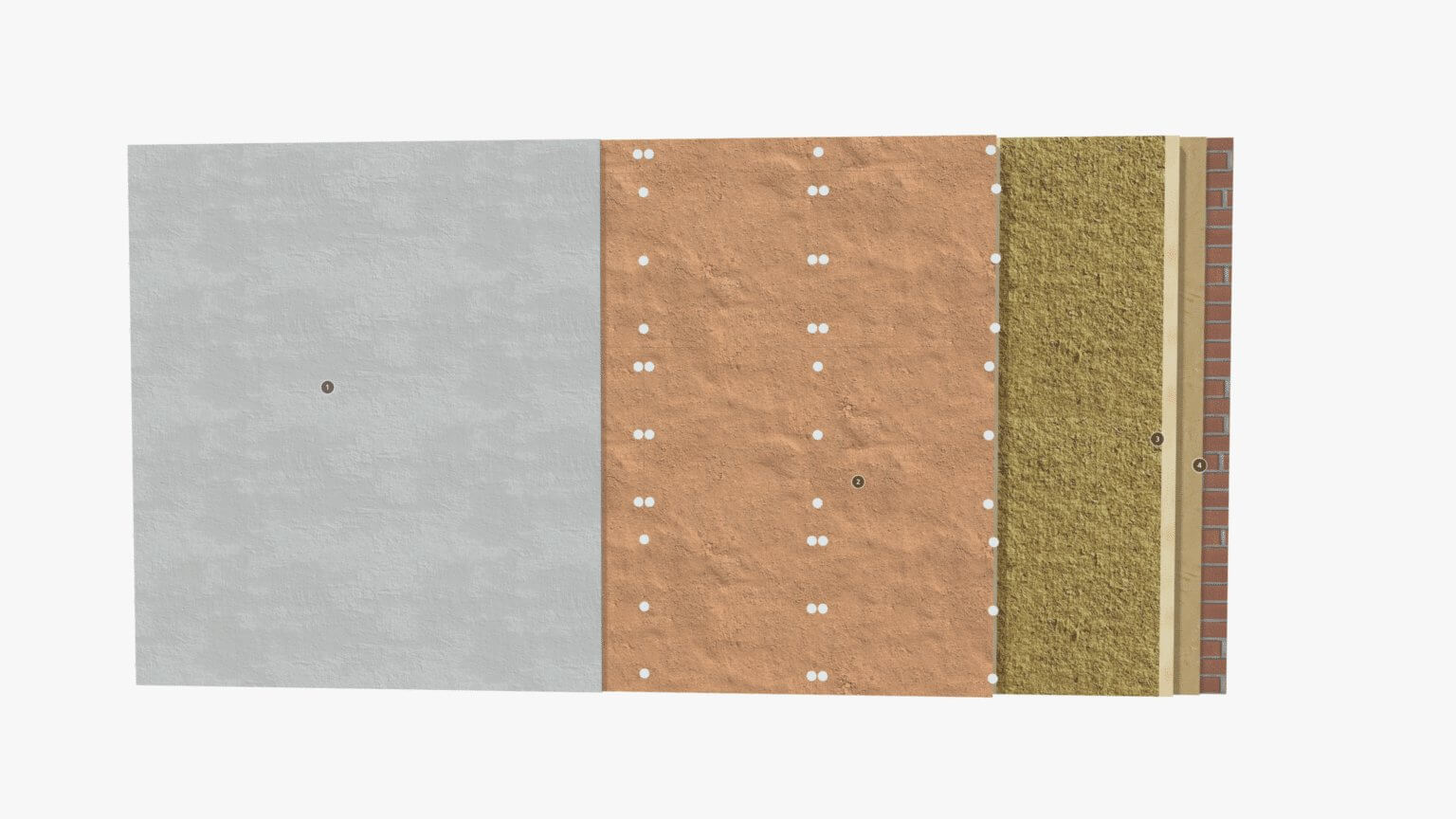SPECIFICATION GENERATOR
Find out which low impact materials are right for your building project.
How we work
Consultation
Specification
Supply materials
Support
Find materials & details for your project
Answer the following questions and find out which low impact materials are right for your building project and how to detail them.
Which part of your building are you working on?
Discover the Learning Lab
This is the area of the website where you can discover our help guides, how-to guides, video installation guides and articles on issues relating to the materials we supply and the built environment.
